Simple Fixes That Reduce Your Utility Bills Long-Term

Are your utility bills creeping higher every month? You're not alone. Many homeowners struggle with rising costs for heating, cooling, and water. The good news is that you don't always need expensive upgrades or professional help to make a difference. Sometimes, simple home repair fixes can save you significant money --- and keep your home more comfortable year-round.
In this article, we'll walk you through easy, low-cost repairs that pay off by lowering your energy and water bills. From sealing drafty windows to insulating pipes, these solutions are practical, effective, and well within reach for most DIY enthusiasts.
Why Small Fixes Matter
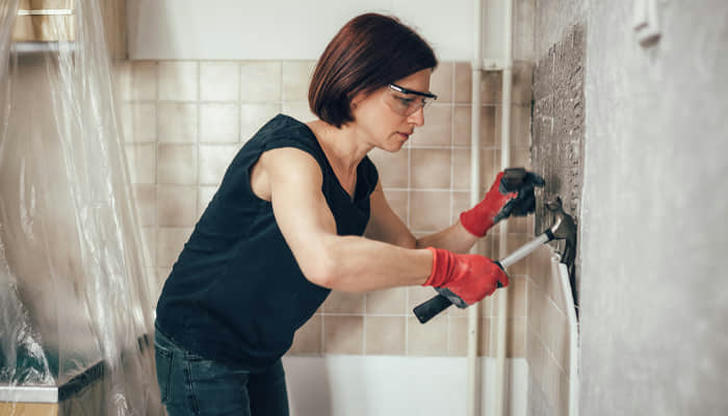
You might think that small cracks or leaks don't add up to much --- but they do. Drafts around windows and doors, poorly insulated pipes, or even minor leaks waste energy and water constantly. Over time, these losses translate to higher bills.
Addressing these issues is like plugging holes in a leaky bucket. Once patched, your heating and cooling systems don't have to work as hard, your water heater runs less, and your home stays comfortable without extra effort.
1. Seal Drafts Around Doors and Windows
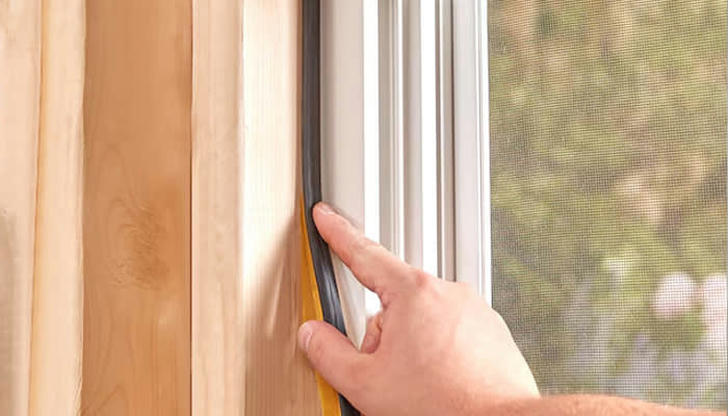
One of the most common and impactful fixes is stopping air leaks around your home's openings. Even a tiny gap can let cold air in during winter or hot air in during summer --- forcing your HVAC system to kick into overdrive.
How to Find Drafts
On a windy day, hold a lit candle or incense stick near window and door edges. Watch for flickering flames or smoke drifting sideways, signaling airflow leaks.
Alternatively, use your hand to feel for cold or warm air streaming in.
Easy Fixes
Weatherstripping: Apply adhesive foam or rubber weatherstripping around door frames and window sashes. It compresses when closed, blocking drafts effectively.
Caulking: Use silicone or acrylic latex caulk to seal small cracks in window frames, door jambs, and around trim.
Door Sweeps: Attach a door sweep at the bottom of exterior doors to stop drafts sneaking under.
Benefits
Reduces heat loss in winter and keeps hot air outside in summer.
Lowers heating and cooling costs by up to 20%.
Improves indoor comfort by eliminating chilly spots or hot drafts.
2. Insulate Your Pipes
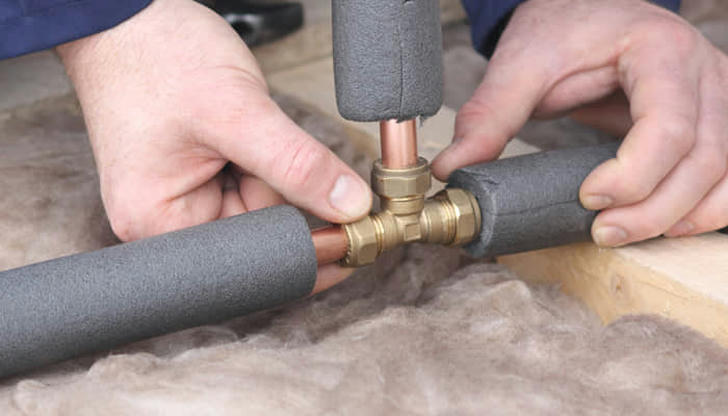
Uninsulated hot water pipes lose heat as water travels from the heater to faucets and appliances. This means your water heater runs longer to keep water hot, wasting energy and money. Cold water pipes can also sweat and drip condensation, potentially damaging walls.
What You Need
Foam pipe insulation sleeves or wrap. These are inexpensive and easy to install yourself.
Where to Insulate
Focus on pipes in unheated areas like basements, crawl spaces, attics, or garages.
Insulate both hot and cold water pipes where possible.
Installation Tips
Measure the pipe diameter and length before purchasing sleeves.
Simply slide or wrap the insulation around pipes, sealing edges with tape or adhesive as needed.
Benefits
Keeps hot water hotter, reducing heat loss and water heater workload.
Minimizes condensation and prevents moisture damage.
Can save up to 10% on water heating costs.
3. Fix Leaky Faucets and Toilets
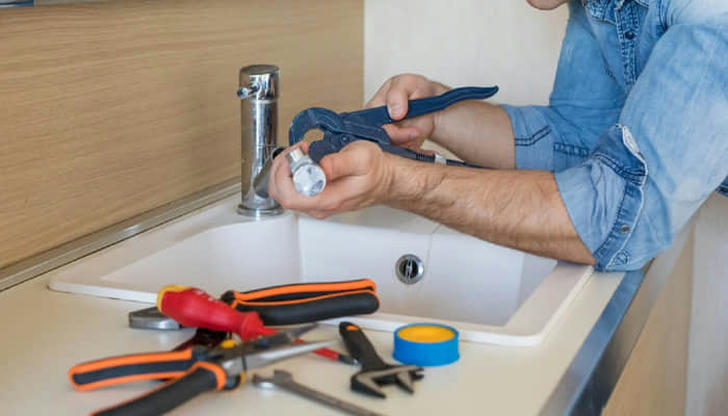
Water leaks might not seem like an energy issue, but they increase water bills and waste energy used to heat water. Even a slow drip adds up to gallons wasted over time.
How to Check
Listen for dripping sounds.
Inspect faucet handles and toilet tanks for constant running or leaks.
Simple Repairs
Replace worn washers, cartridges, or O-rings in faucets.
Adjust or replace faulty toilet flappers that cause constant running.
Benefits
Reduces wasted water --- sometimes thousands of gallons per year.
Lowers water and energy bills.
Prevents water damage or mold growth from leaks.
4. Add Window Film or Thermal Curtains
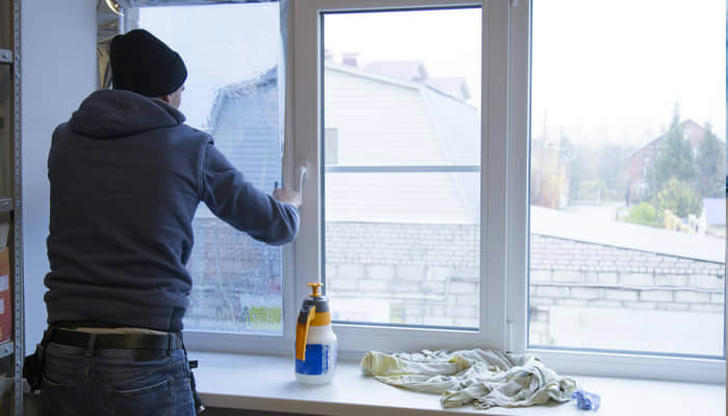
Windows are often weak spots for heat loss or gain. While replacing windows can be expensive, there are budget-friendly options to improve insulation.
Window Film
Clear plastic films applied to window panes create an insulating air barrier.
Easy to install with a hairdryer and remove when needed.
Thermal Curtains
Heavy, insulated curtains reduce heat transfer through windows.
Close them at night or during extreme weather for best results.
Benefits
Helps keep warm air inside in winter and blocks heat in summer.
Can reduce heating and cooling costs by 10-15%.
Improves comfort near cold or hot windows.
5. Maintain Your Heating and Cooling Systems
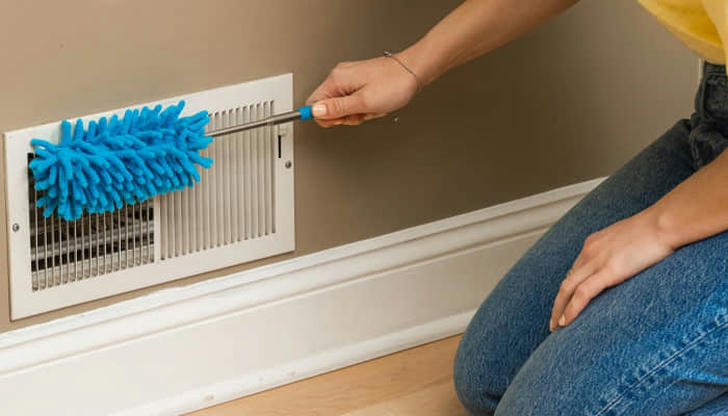
Even with repairs, your HVAC system needs regular care to run efficiently.
DIY Maintenance Tips
Change or clean filters every 1-3 months.
Keep vents and registers clean and unblocked.
Check and clean outdoor condenser units in spring.
When to Call a Pro
Annual tune-ups to check refrigerant levels, electrical connections, and overall system health.
Repair or replace aging or malfunctioning components.
Benefits
Helps systems run efficiently, lowering energy use and costs.
Prevents costly breakdowns.
Improves indoor air quality.
6. Install a Programmable Thermostat
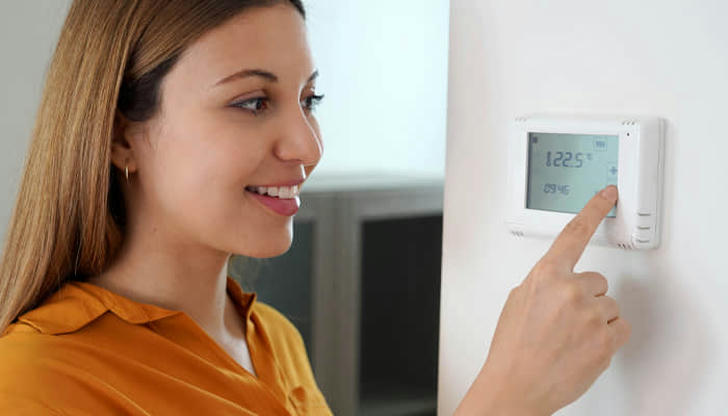
A programmable thermostat lets you schedule temperature changes automatically, so you're not heating or cooling an empty house.
Why It Helps
Lower the heat when you're asleep or away.
Raise it shortly before you return or wake up.
Benefits
Saves up to 10% on heating and cooling bills.
Makes managing indoor climate effortless.
Final Thoughts
Home repairs don't always have to be complex or costly to make a meaningful impact on your utility bills. By sealing drafts, insulating pipes, fixing leaks, and making smart upgrades like window film or programmable thermostats, you can keep your home comfortable and your costs down.
The best part? Many of these fixes take just a few hours and basic tools --- perfect for homeowners who want to tackle projects themselves without breaking the bank.
Start small, keep consistent, and watch those bills shrink while your home feels better than ever.
